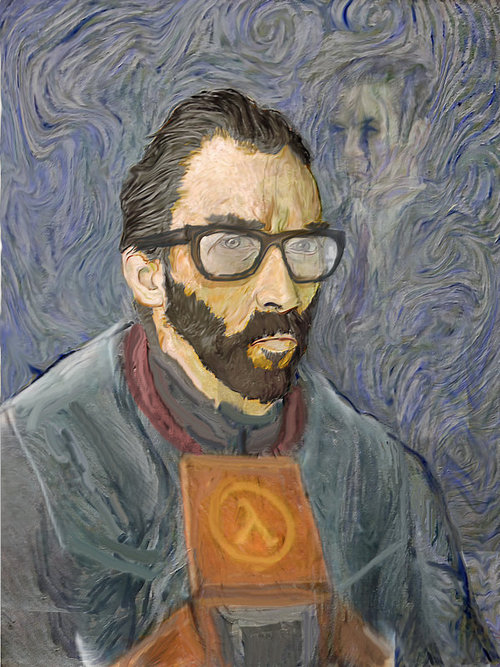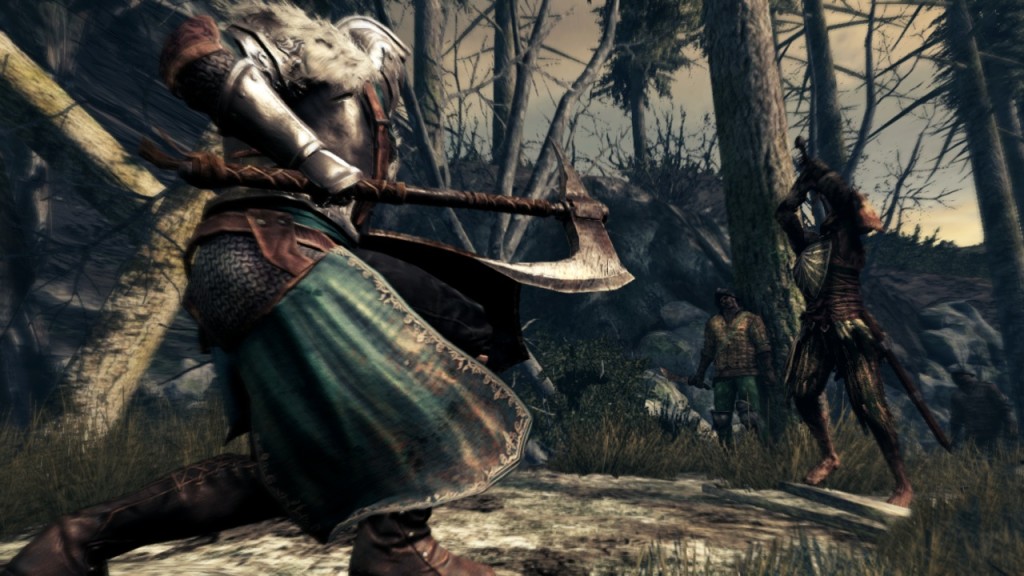Part One here, so that you aren’t so lost…
Like a city that is broken into and without walls
Is a man who has no control over his spirit.Proverbs 25:28
The Importance of Genre
First, it remains a matter of genre. What do they intend? An arcade-focused game honestly does not care about observation (in our technical sense) at all except for intrigue. If the title’s bright colors and flash inspire you, great – now start participating in our game. That was the whole point: making money off the immediate appeal of the game. If they weren’t designed this way, without all the technical details apparent at first glance, they would not survive the constantly shifting sands of the arcade market. Thus, most games of the past functioned purely on the level of participation. They didn’t need much more than that to interest you, as the aesthetics gave way to the mechanics (I try to avoid this word, but here it is).
Over time, and with the consolization of the entire video game enterprise, that response would not always work. Arcade ports were nice, but as the arcades died in the United States and people saw new potential in the home consoles, things changed. Continues weren’t as prevalent, and developers could “take their time”, so to speak, with building a world to inhabit. Over the 1990s, we could see games go one of two ways: continuing the habits of the arcade, or striving for a more cinematic experience. The dichotomous force of both sides ended up making for a battle between them. People prefer the easy road, though, and the newly crowned “artistic potential” of video games won the day. Observation won the victory, and we sorta accepted it. I think mostly of Squaresoft’s Playstation output, which placed their JRPGs (as part of a brilliant, brilliant marketing campaign) at the forefront of games being “more” than games.
“They’re Something More!”
That marketing stuck. Who in the heck do you think was playing those games, and saw their narrative potential as the future in the back of their mind? Surprise: future game makers were! Thus, you might be able to see the constant focus on video games “being more” at the Game Developers Conference, or perhaps on myriad sites on the Internet. Now we use the participation part of the games for a higher purpose – to emphasize the parts where you observe. Most people call this the “emotional reaction” or “self-reflection” that all artistic works produce. I call it a bit of a fallacy.
The problem, and it is a big one, comes from our definitions of what’s a good game or a bad one. If we’re talking about “games as art”, then we also throw our own definitions right into the ring, and each person’s definition comes up slightly different. I’ll deal with the “emotional response” definition of art right here.
A. Assume art is anything which produces an emotional response.
B. Piece of Art X produces an emotional response.
C. But nearly anything on earth produces an emotional response.
D. Therefore, Piece of Art X and everything else is art.
This is why I disagree that art could be anything. Assuming that we mean “things created by humans” in the emotional response category, you still end up with the same problem. We know this as the affective fallacy, the fallacious argument of judging or evaluating something on the basis of its emotional affect on the person (hence the name). A certain definition of observation, then, turns into our primary category of “art” – that of non-participatory observation and reflection. But what about other kinds?
Nailing the Balance
This is why I praise Dark Souls so much: it gets both participation and observation right as separate components. Nonetheless, it manages to combine them both into one excellent video game. If you want the experience of figuring out the lore, From Software makes it worth your while to investigate the world’s myriad depths. On the other hand, if you hate stories in games, it’ll work purely on the level of challenge and difficulty. If you like both, well, there’s nothing quite like it. It provides just enough context to string your along, yet much more if you put the active effort to observe and participate in equal measure.
Not every game needs to do this, of course. Plenty of companies focus on participation itself. However, “observation” as defined in the section above often envelopes the other component to its own detriment. To return to our definition above:
a passive transmission of information where you accept and understand information presented to you with, but more often without, your consent.
The latter part becomes most difficult. When the story emerges without our consent or participation, but merely a passive watching, then it doesn’t fit into a video game very well. We need cutscenes to set context, not to dump information into our laps. Let us learn that information over time via our own power, and the plot will satisfy far more than being spoon-fed the details. I found it boring in the new Castlevania, and the developers honestly provided me with little incentive to accept their massive info dump. Too much context can prove a bad thing if running wild.
Conclusions
Life isn’t a place where we watch and observe things at a distance. We are always, even when we don’t realize it, active in the present moment doing something or other. Apparently, the new purpose of “art” is to take you out of that constant cycle, but many things can if you let them. Habits and rituals form, and then life breaks them down as it continues to chug along. God stole the handle, and the train isn’t going to slow down any time soon.
So where does that lead video games in the grand scheme? They hold the unique distinction of allowing us to participate and interact in ways that no other entertainment can do. They take an essential part of human existence, play, and combine it with our greatest technological achievements. When we try to turn them into something they’re not, we inflict a great travesty on this platform by refusing to let it stand on its own two feet. Saddling Castlevania with a bunch of low-interaction mechanics is one thing, but turning the critical consent towards making “art” games the pinnacles of the form is quite another!
I like to think that there’s room for moderation on this point – that we can have games that do both observation and participation in a way that makes sense and fit within the video game platform. The problem comes in our lack of control. Still, I have seen what video games can do, not that they can do everything, and I am perfectly happy with their greater qualities.
To put them on a pedestal as if they’re limitless in their potential sounds equivalent to idolatry, in my mind. Losing control over our impulses to turn things into something they’re not happens all the time, from politics to religion to one’s relationship with God. Turning Jesus into a gift-providing machines, for example, hasn’t helped us in the true path, but it does help us believe that something’s more important than a divine vending machine. Idolatry arrives in many forms, even the subtle ones.
Find the essential qualities of video games, and promote them! Don’t cater to some crowd that wants to change them for their own personal agendas and desires. Only when we let it be and accept it as is, without magical strings attached, will we see the true beauty in it. Let us participate and not just merely observe as life goes by.



